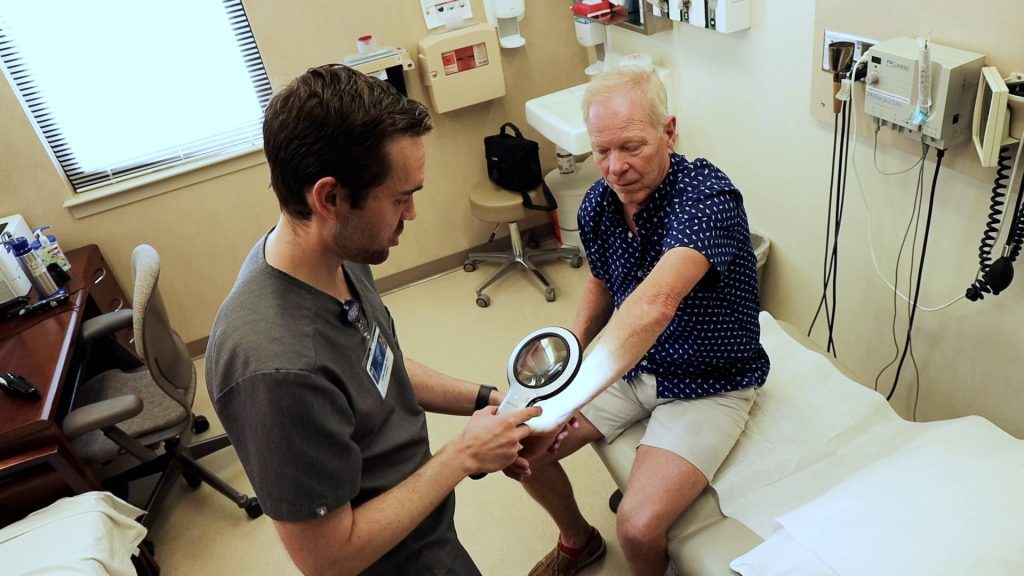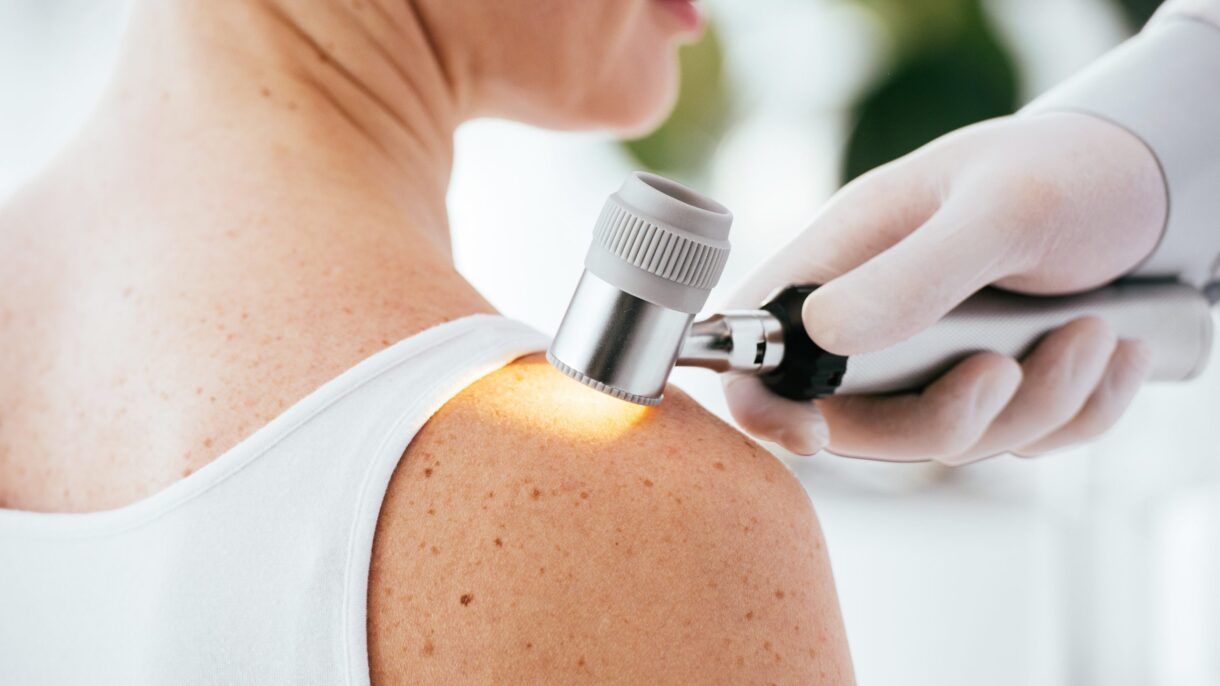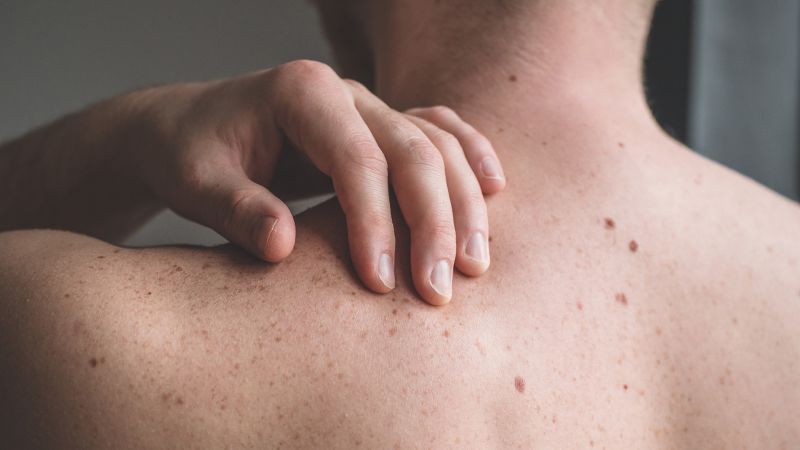
The days are getting longer and warmer, leading to increased outdoor activities. As people start spending more time under the sun, the risk of skin cancer increases. Skin cancer is one of the most common causes of skin cancer affecting residents of Arizona. With over 8300 new cases diagnosed each month in the US, early detection can make a huge difference in treating melanoma patients. Understanding the ABCDEs (Asymmetry, Border irregularity, Color that is not uniform, Diameter greater than 6mm, and Evolving size) can help spot melanoma signs. Seek regular screenings if you have a family history of skin cancer or present risk factors like fair skin or extensive UV exposure. Sun protection measures such as using broad-spectrum SPF sunscreen, wearing protective clothing, and avoiding peak sun hours can reduce UV exposure and risk of melanoma.
In addition to Arizona, Melanoma Awareness Month is observed across the US in May. According to statistics from 2024, over 8386 cases of invasive melanoma will be diagnosed this month alone. Early detection can make all the difference in treating skin cancer. Recognizing the early signs of melanoma is crucial in fighting this deadly disease.
Anyone can get skin cancer, but some people are at higher risk. A skin check by a dermatologist usually only takes a few minutes and could add years to your life if detected early. It's important for everyone to be familiar with their skin and see a healthcare professional if they notice any changes. People with personal or family history of melanoma or nonmelanoma skin cancers, people over 65, those who burn easily and have light-colored eyes and light-colored hair should get an annual skin exam by a dermatologist.
Florida has the second-highest rate of Melanoma in the country. More than 600 people die from Melanoma in Florida every year. While more cases of skin cancer tend to be diagnosed in older patients, doctors say the disease is now appearing more often in younger patients, including young women in their 20s and 30s.
Skin cancer can typically be easily treated if caught early, however, it can spread to other parts of the body if left unchecked. Regular skin exams and contacting a healthcare provider if you notice concerning signs such as a changing mole or new growth are crucial in preventing the spread of skin cancer.



